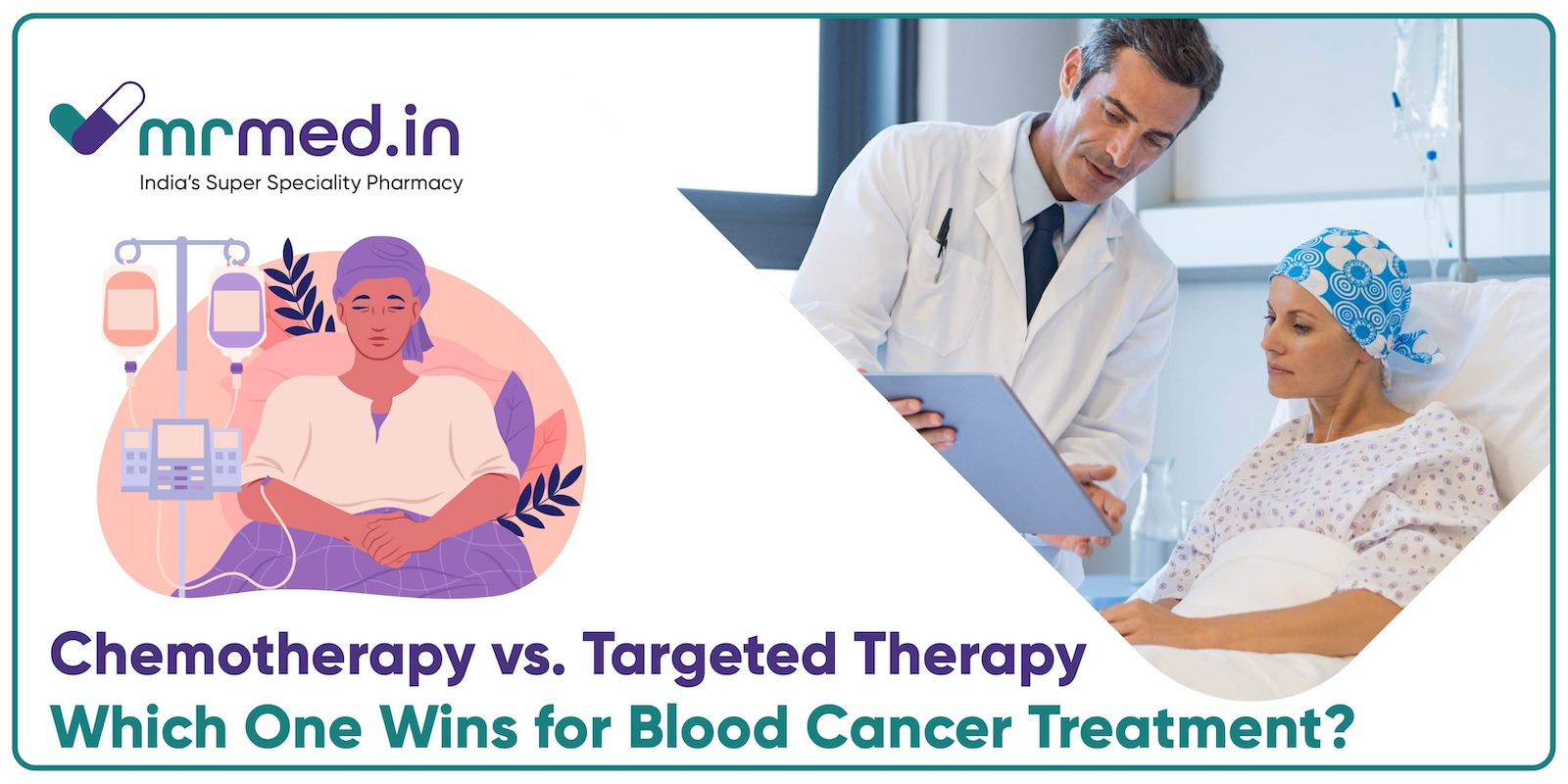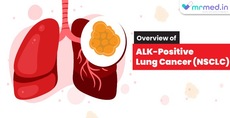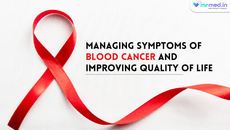Receiving a blood cancer diagnosis can be overwhelming, bringing a flood of questions: What’s the best treatment? Will I need chemotherapy? Are there better options? With medical advancements, traditional chemotherapy is no longer the only route. Targeted therapy has emerged as a powerful alternative, offering hope with fewer side effects. But how do these treatments compare, and which one works best for different blood cancers? Let’s break it down in simple terms.
What is the difference between chemotherapy and targeted therapy?
Both chemotherapy and targeted therapy aim to destroy cancer cells, but they work in very different ways.
1. Chemotherapy
- Uses powerful medicines to kill fast-growing cancer cells.
- Affects both cancerous and healthy cells, leading to side effects like hair loss, nausea, and fatigue.
- Administered through IV, pills, or injections, depending on the type and stage of blood cancer.
2. Targeted Therapy
- Focuses on specific molecules or genetic mutations driving cancer growth.
- Minimises damage to healthy cells, often leading to fewer side effects.
- Comes in various forms, such as pills or infusions, depending on the medicine and cancer type.
Which blood cancers are treated with chemotherapy?
Chemotherapy remains a standard treatment for many types of blood cancer. It is particularly effective in aggressive cancers that require rapid intervention. Some common blood cancers treated with chemotherapy include:
- Leukaemia: Acute forms (AML and ALL) respond well to chemotherapy as it destroys rapidly multiplying cancer cells in the bone marrow.
- Lymphoma: Both Hodgkin’s and non-Hodgkin’s lymphoma often require chemotherapy, sometimes in combination with radiation.
- Multiple Myeloma: Though newer therapies exist, chemotherapy is still used, especially in early treatment or for aggressive cases.
Despite its effectiveness, chemotherapy can have harsh side effects, such as weakened immunity, digestive issues, and fatigue. This is where targeted therapy presents an alternative approach.
How does targeted therapy work for blood cancer?
Targeted therapy is a game-changer in cancer treatment. Instead of attacking all fast-growing cells, it hones in on specific cancer-related proteins or genetic mutations. This precision allows for effective treatment with fewer side effects.
For example, in certain types of lymphoma and leukaemia, targeted medicines block signals that allow cancer cells to multiply. Since these medicines focus on cancerous cells, they leave more healthy cells untouched, reducing collateral damage.
What are the stages of blood cancer, and how do they affect treatment choice?
Blood cancers do not follow the same staging system as solid tumours. However, they are generally classified into:
- Early Stage: Cancer is localised, and symptoms may be mild. Targeted therapy is often considered, especially in slow-growing blood cancers.
- Intermediate Stage: Cancer spreads to nearby lymph nodes or organs. A combination of chemotherapy and targeted therapy may be needed.
- Advanced Stage: The disease has spread extensively. Intensive chemotherapy, stem cell transplants, or targeted therapy might be used, depending on the specific cancer type.
Understanding the stage of blood cancer helps doctors decide whether chemotherapy, targeted therapy, or a combination of both is the best course of action.
Which treatment has fewer side effects?
One of the biggest concerns for patients is the side effects of treatment. Here’s how they compare:
- Chemotherapy Side Effects: Hair loss, nausea, vomiting, lowered immunity, fatigue, and increased risk of infections.
- Targeted Therapy Side Effects: Generally milder, including skin rash, diarrhoea, high blood pressure, and liver issues.
While targeted therapy seems gentler, it isn’t suitable for all blood cancer types. Some aggressive forms still require chemotherapy to destroy fast-spreading cancer cells quickly.
Is targeted therapy better than chemotherapy?
The effectiveness of a treatment depends on the specific type of blood cancer, its stage, and how the body responds. While targeted therapy is a promising advancement, chemotherapy is still essential for many cases.
- When Targeted Therapy Works Best: In cases where cancer has a known genetic mutation or specific protein that can be blocked, targeted therapy is highly effective.
- When Chemotherapy is Necessary: If the cancer is aggressive and spreading rapidly, chemotherapy remains the best option.
- Combination Approach: Sometimes, doctors combine both treatments to maximise effectiveness while minimising side effects.
For example, some patients with chronic leukaemia benefit from targeted treatments like Ibrutinib, which are sold by the brand name Imbruvica, which blocks certain enzymes that help cancer cells survive. However, in more advanced or aggressive stages, chemotherapy may still be required.
Final Thoughts
Choosing between chemotherapy and targeted therapy is not a one-size-fits-all decision. It depends on the type of blood cancer, its stage, and how the body responds to treatment. While chemotherapy has been the go-to option for decades, targeted therapy offers a promising alternative with fewer side effects. Consulting a medical professional is the best way to determine which treatment suits an individual’s condition. With continuous advancements in cancer treatment, hope for better and more effective therapies continues to grow.




